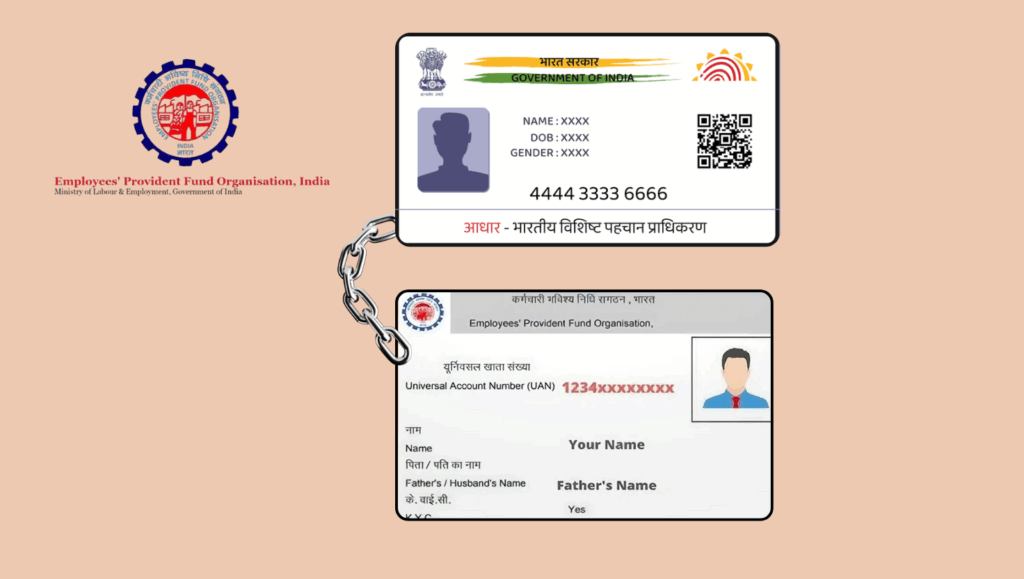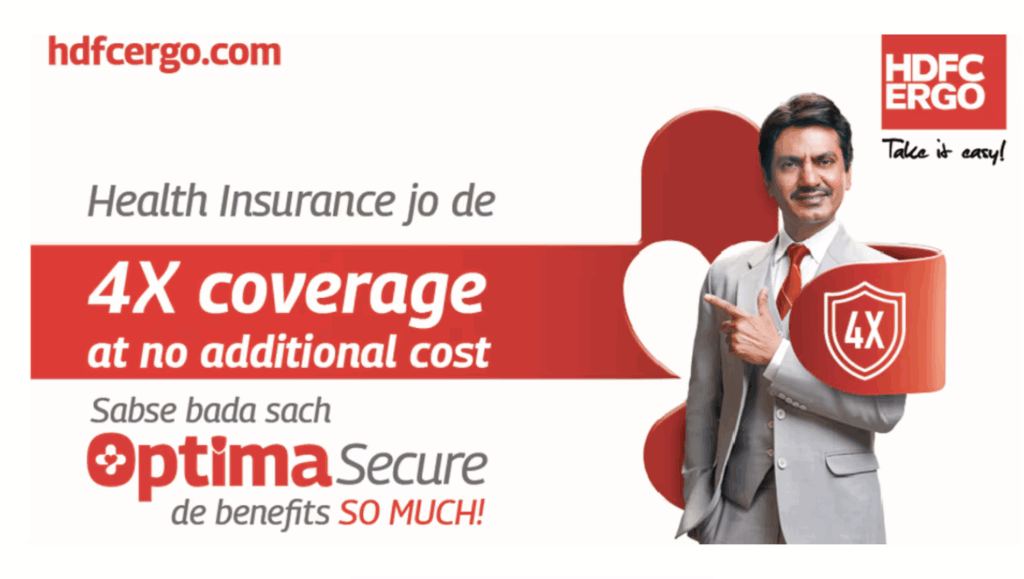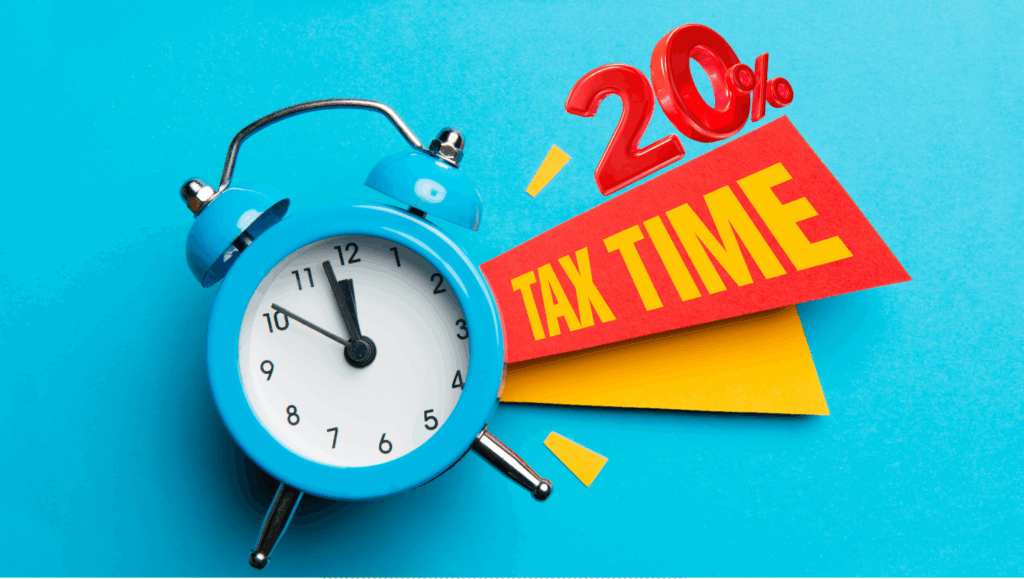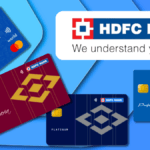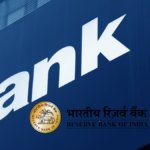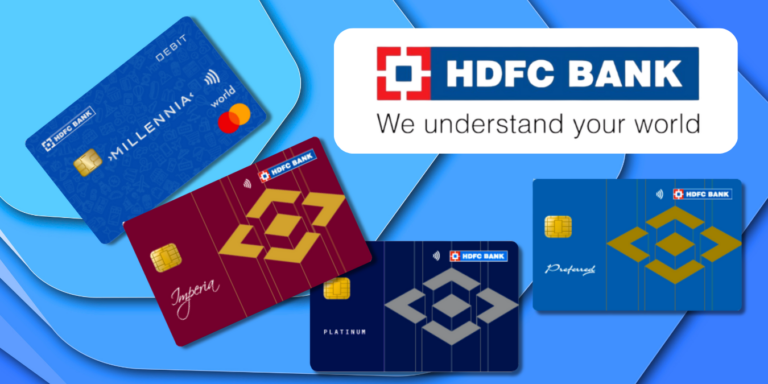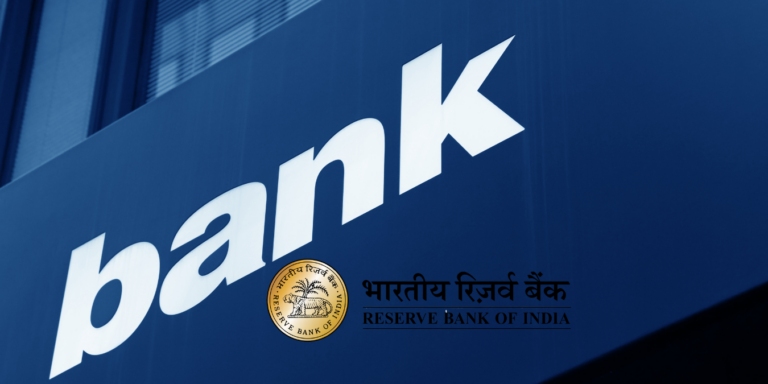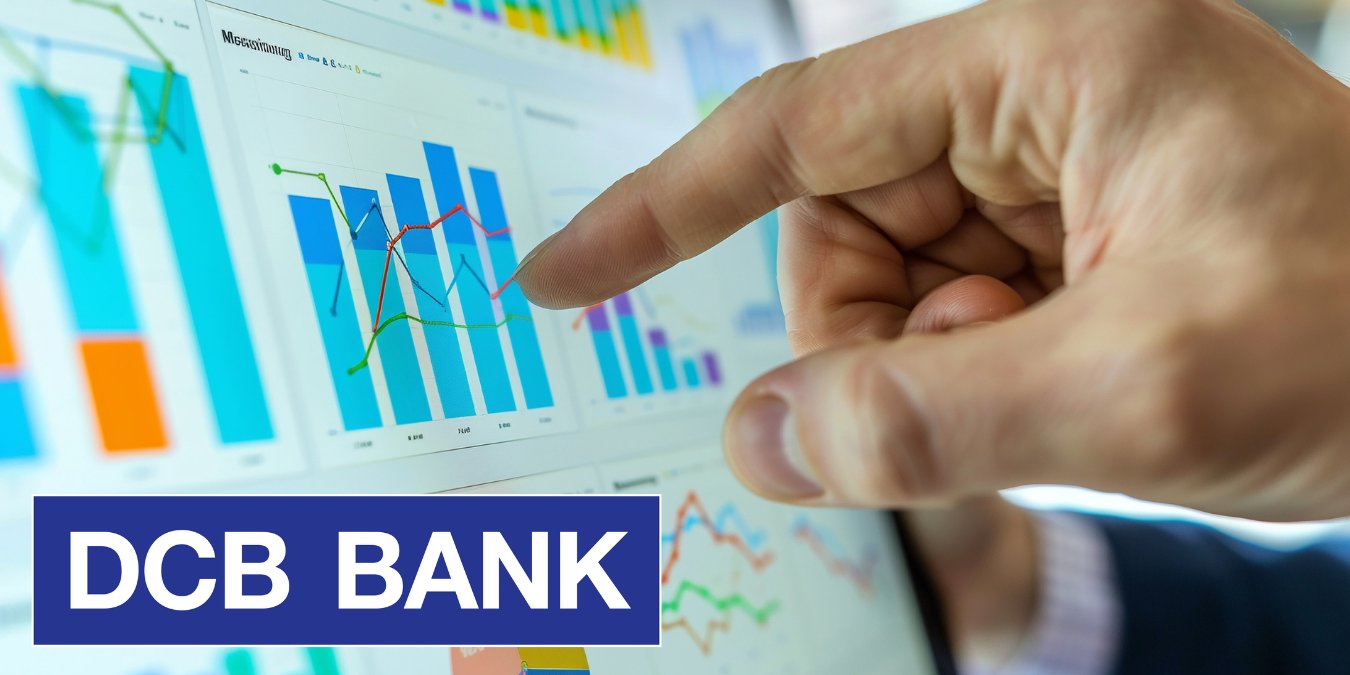
DCB Bank Q2 Shocker: How 18% Profit Growth & NIM Expansion Sparked 11% Rally
DCB Bank shares exploded 11% post-Q2 results, hitting ₹143—but the real shock isn’t the rally. Hidden metrics reveal why all 22 analysts target ₹195 by 2026. This mid-sized banking stock’s secret 140% co-lending growth could reshape your portfolio. What smart investors discovered will surprise you.
DCB Bank surprised the market with a sharp 11% share price rally after announcing its Q2 FY26 results, hitting a high of Rs. 143 per share. This smart surge has made headlines, as the stock is up around 20% in 2025 so far, significantly outperforming the BSE Financial Services index, which rose 14%. What’s the hidden story behind this remarkable rally? And what do expert target prices suggest for the future? This article dives deep into the financials, market dynamics, and expert insights you urgently need to understand.
The Shocking Numbers That Sparked a 11% Rally
When DCB Bank announced its Q2 FY26 results on October 17, 2025, few expected the market reaction that followed. The stock didn’t just climb—it soared, notching its biggest single-day gain since April 2022. With shares up 20% year-to-date compared to a 14% rise in the BSE Financial Services index, DCB Bank has quietly become one of 2025’s most intriguing banking success stories.
The headline number? Net profit surged 18.3% year-on-year to Rs 184 crore, comfortably beating analyst expectations. But here’s the secret: the real story lies beneath the surface numbers—in the operational metrics that suggest this isn’t just a one-quarter wonder.
Key Performance Highlights Q2 FY26:
- Net Interest Income (NII): Jumped 17.1% YoY to Rs 596 crore, signaling robust core banking strength
- Advances Growth: A powerful 19% YoY expansion, with mortgages up 13% and co-lending skyrocketing 140%
- Deposits Growth: Also up 19% YoY to Rs 64,777 crore, showing strong franchise momentum
- Balance Sheet Size: Reached Rs 78,890 crore, reflecting a healthy 14.4% YoY expansion
These aren’t incremental improvements—they represent a bank firing on all cylinders in a challenging interest rate environment.
The Hidden Catalyst: Margin Expansion Against All Odds
Here’s where DCB Bank’s Q2 performance gets truly interesting. While most private banks struggled with Net Interest Margin (NIM) compression due to rising deposit costs, DCB Bank pulled off something remarkable: NIM actually expanded by 3 basis points quarter-on-quarter to 3.23%.
Think about that for a moment. In an environment where deposit costs are climbing and lending rates face downward pressure, DCB Bank managed to widen its profit spread. How?
The secret sauce involves three smart strategic moves:
- Sharp Reduction in Funding Costs: Cost of deposits (CoD) fell 16 basis points QoQ, while cost of funds (CoF) dropped 17 basis points—a dramatic improvement that demonstrates management’s focus on liability optimization
- Strategic Product Mix: The bank emphasized higher-yielding segments like Loans Against Property (LAP) while maintaining steady mortgage growth, creating a better risk-reward balance
- Co-Lending Momentum: With 140% growth in co-lending partnerships and 11 active partners, DCB is tapping into the high-growth MSME and priority sector segments while maintaining asset quality
Management has boldly projected NIMs to reach the 3.5-3.65% range going forward, barring further rate cuts—a target that could significantly boost profitability if achieved.
Asset Quality: The Future-Proof Foundation
Every smart investor knows that banking is fundamentally about managing risk. DCB Bank's Q2 results revealed impressive improvements in asset quality metrics that separate winners from pretenders:
- Gross NPA: Declined to 2.91% from 2.98% in Q1 and 3.29% a year ago—a clear downward trajectory
- Net NPA: Steady at 1.21%, showing controlled credit costs
- Provision Coverage Ratio (PCR): Strong at 74.15%, providing a comfortable buffer against future stress
- Credit Costs: Plunged to just 31 basis points from 59 basis points in Q1—well below management's guided range of 45-55 bps
The slippage ratio (excluding gold loans) stood at 2.5%, which management aims to reduce to below 2%. While this won't dramatically impact provisions, it will lower operational expenses related to collection efforts—another efficiency gain waiting to materialize.
Analysts at CARE Ratings note that DCB has maintained "asset quality at comfortable levels despite its exposure to segments that are generally more susceptible to economic downturns," benefiting from limited unsecured loan exposure and modest microfinance presence.
The Quick Win: Operational Efficiency Driving Profitability
Here's a number that doesn't grab headlines but should: DCB Bank's cost-to-average-assets ratio has declined for five consecutive quarters. This relentless operational efficiency is creating powerful operating leverage—meaning each rupee of revenue is translating into more profit.
Fee income surged 18% sequentially, driven by third-party distribution and trade-related income. This diversification away from pure interest income creates a more resilient revenue model—exactly what you want in a banking investment during uncertain times.
The bank reported healthy growth in other income, which constituted a substantial portion of profit before tax, though analysts note the importance of maintaining core banking profitability alongside these gains.
Target Prices: What Smart Money Is Saying
Following the Q2 results, brokerage houses rushed to update their models, and the consensus is remarkably bullish. Here's what top analysts are projecting:
| Brokerage | Target Price (Rs) | Upside Potential | Rating | Key Rationale |
| Baroda eTrade | 167 | 16.8% | Buy | Healthy earnings growth, improving asset quality, 18-20% credit growth target |
| Axis Direct | 170 | 18.9% | Buy | NIMs bottoming out, balanced growth, compelling valuations at 0.6x FY27E P/B |
| Motilal Oswal | 160 | 11.9% | Buy | 1% ROA/14% ROE target achievable by FY27, strong fee traction |
| Consensus (18 Analysts) | 169 | 18.2% | Strong Buy | Average of multiple analyst estimates |
| High Target | 195 | 36.4% | - | Upside scenario reflecting full potential realization |
These aren't pie-in-the-sky projections. They're grounded in DCB Bank's stated ambition to double its balance sheet in 3-3.5 years while achieving a Return on Assets (ROA) of 0.9-1.0% and Return on Equity (ROE) of 14% by FY27.
At the current price of approximately Rs 147 (as of October 21, 2025), DCB Bank trades at an attractive valuation of just 0.6x FY27E Price-to-Book, significantly below most private banking peers. This valuation gap represents either a market mispricing or unrecognized execution risk—and the Q2 results strongly suggest the former.
The Co-Lending Secret: DCB's Hidden Growth Engine
One aspect of DCB's strategy that deserves special attention is its aggressive expansion into co-lending partnerships. The bank has forged strategic alliances with 11 active partners, including notable names like Ambit Finvest for MSME lending.
Why co-lending matters:
- Capital Efficiency: DCB maintains only 20% exposure on co-lent loans while earning attractive spreads, allowing faster balance sheet growth without proportional capital consumption
- Priority Sector Benefits: The bank can claim priority sector lending (PSL) status on its share, helping meet regulatory requirements while earning commercial returns
- Distribution Leverage: Partners bring last-mile connectivity to underserved segments, expanding DCB's effective reach without branch expansion costs
- Growth Velocity: The 140% YoY growth in co-lending demonstrates the scalability of this model
- This isn't just a tactical play—it's a strategic repositioning that allows DCB to compete with larger banks in high-growth segments without their cost base. Smart observers see this as a potential game-changer for the bank's growth trajectory.
Comparing the Competition: DCB vs Banking Giants
To truly appreciate DCB Bank's Q2 performance, consider it against the backdrop of India's larger private banks. HDFC Bank reported 11% profit growth with NIM at around 3.5%, while ICICI Bank posted 5% profit growth with NIM at 4.30%. Axis Bank actually saw profit decline 26% due to elevated provisions.
DCB's 18.3% profit growth and NIM expansion (even from a lower base) demonstrates execution excellence. While the absolute NIM of 3.23% lags the larger banks, the direction of movement matters more—and DCB is moving in the right direction while others face headwinds.
Among mid-sized private banks, DCB rallied alongside South Indian Bank (up 11%), Federal Bank, and AU Small Finance Bank—all of which reported strong Q2 numbers. This sectoral strength suggests improving industry fundamentals benefiting well-managed institutions.
The Promoter Confidence Factor
Actions speak louder than words, and DCB Bank's promoter—the Aga Khan Fund for Economic Development (AKFED)—recently backed its confidence with capital. In October 2025, AKFED completed a preferential share allotment of 60.58 lakh equity shares at Rs 137 per share, infusing Rs 83 crore into the bank.
This transaction increased promoter holding from approximately 14% to 15.66%. The shares come with a 5-year lock-in period, signaling long-term commitment rather than short-term maneuvering. When promoters increase their stake at a premium to market prices, it typically reflects strong conviction in future prospects.
AKFED, along with Platinum Jubilee Investments Ltd., has been DCB's anchor promoter, providing strategic guidance and capital support as the bank executes its growth plans.
Future Outlook: Why Momentum Could Continue
Several factors suggest DCB Bank's rally may have legs beyond the initial results reaction:
- Macro Tailwinds: India's credit growth story remains intact, with retail and MSME segments offering sustained opportunities for well-positioned lenders
- Valuation Gap: At 0.6x FY27E P/B and P/E of just 7.4x, DCB trades at significant discounts to larger peers, offering multiple expansion potential
- Execution Track Record: Five consecutive quarters of improving operational efficiency demonstrates management's ability to deliver on stated objectives
- Balance Sheet Runway: Capital Adequacy Ratio of 16.41% (Tier I at 13.97%) provides ample room for growth without near-term capital raising needs
- Analyst Consensus: All 22 covering analysts maintain buy ratings—a rare unanimous positive view
Analysts forecast DCB Bank's earnings to grow at a robust 21.1% CAGR over the next three years, with revenue growing at 20.1% CAGR—both substantially above broader banking sector averages.
Risks Smart Investors Should Watch
No investment story is complete without acknowledging potential headwinds:
- CASA Pressure: The Current Account Savings Account ratio declined to 23.52% from 25.61% a year ago, indicating higher reliance on costlier term deposits. Sustaining NIM expansion will require continued focus on deposit mix improvement.
- Slippage Management: While improving, slippages at 3.1% (2.5% excluding gold) need further reduction to fully validate the asset quality thesis
- Scale Disadvantage: With a market cap around Rs 4,980 crore, DCB remains significantly smaller than banking giants, potentially limiting institutional participation
- Interest Rate Sensitivity: Further RBI rate cuts could pressure NIMs despite management's optimistic guidance
- Competitive Intensity: The banking sector remains fiercely competitive, with larger players possessing advantages in cost of funds and brand recognition
Key Takeaways: What This Means for Your Portfolio
- DCB Bank's 11% rally was driven by genuine operational improvements, not just market sentiment—net profit up 18.3%, NII up 17.1%, and credit costs down sharply
- Margin expansion of 3 bps in a tough environment demonstrates smart liability management and strategic positioning
- Analyst target prices suggest 12-36% upside potential, with consensus around Rs 167-170 and optimistic scenarios reaching Rs 195
- Co-lending strategy provides a differentiated growth engine, already delivering 140% growth in this segment
- Valuation remains attractive at 0.6x FY27E P/B and 7.4x P/E, offering a margin of safety relative to execution risks
- Asset quality trajectory is positive, with declining NPAs and controlled credit costs providing confidence in loan book quality
- Promoter commitment through Rs 83 crore capital infusion signals strong internal confidence in the bank's prospects
The Final Thought: A Hidden Gem Revealing Itself?
DCB Bank's explosive 11% rally post-Q2 results isn't just another earnings reaction—it's the market waking up to a quietly transforming mid-sized banking franchise. While headline-grabbing banks like HDFC, ICICI, and Axis dominate investor mindshare, DCB is executing a smart playbook: expanding margins when peers can't, growing advances faster than system averages, improving asset quality steadily, and leveraging innovative co-lending partnerships to punch above its weight. The secret lies in operational excellence that's creating value faster than the market is pricing it in.
With all 22 covering analysts maintaining buy ratings, consensus target prices pointing to 18% upside, and ambitious management targets to double the balance sheet in 3-3.5 years, this under-the-radar banking stock deserves serious attention. The Q2 results weren't a flash in the pan—they validated a multi-quarter trend of improving efficiency, controlled risk-taking, and strategic positioning in high-growth segments. Whether DCB Bank achieves those Rs 167-195 price targets depends on sustaining NIM expansion, maintaining asset quality discipline, and executing its co-lending strategy—but the early evidence is compelling.
For investors seeking exposure to India's banking sector growth without paying premium valuations, DCB Bank offers an intriguing proposition: a proven track record meeting ambitious targets, strong promoter backing, and a valuation that prices in significant skepticism. The next few quarters will reveal whether this rally is the beginning of a sustained re-rating or a temporary spike—but smart money is clearly paying attention to what was once a hidden gem now stepping into the spotlight.
Disclaimer: The use of any third-party business logos in this content is for informational purposes only and does not imply endorsement or affiliation. All logos are the property of their respective owners, and their use complies with fair use guidelines. For official information, refer to the respective company’s website.














